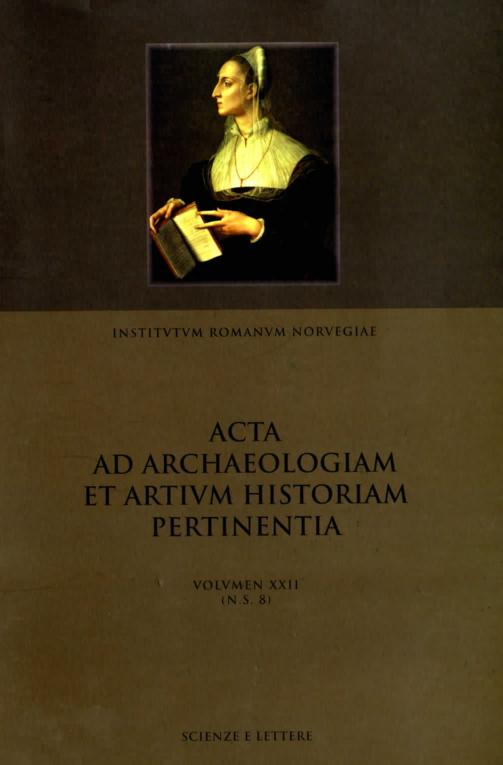Representations of the Antonine Empresses on the Nymphaeum in Olympia
DOI:
https://doi.org/10.5617/acta.5754Abstract
Although sculpted portraits often receive more scholarly attention than the statue bodies they were set into, the different types of statue bodies can reveal more information about the portrait statue as a whole. This paper examines the Nymphaeum in Olympia, a monument which originally included an impressive array of statues of the imperial family as well as the family of its commissioner, Herodes Atticus. By analyzing the statue type of each individual represented, I show that, although the male members of the imperial family may be easily distinguished from those of Herodes’ family according to the type of clothing worn, the female statues cannot be so readily identified. Female garments could be worn in numerous ways, producing subtle variations in the statues too. In order to differentiate the imperial form non-imperial women represented on the Nymphaeum, it is necessary to examine the hairstyle and to compare other examples of the same statues types. I argue that the statues types of imperial women – with regard to their pose, costume, and positioning within the monument – reflect a desire of the imperial family at this time to promote the younger generations and, in doing so, to declare the continuing prosperity of the empire.How to Cite
Meyers, R. (2017) “Representations of the Antonine Empresses on the Nymphaeum in Olympia”, Acta ad archaeologiam et artium historiam pertinentia, 22(8 N.S.), pp. 37–53. doi: 10.5617/acta.5754.
Issue
Section
Articles
License

This work is licensed under a Creative Commons Attribution-NonCommercial 4.0 International License.
Authors who publish with this journal agree to the following terms:
- Authors retain copyright and grant the journal right of first publication with the work simultaneously licensed under a Creative Commons Attribution License that allows others to share the work with an acknowledgment of the work's authorship and initial publication in this journal.
- Authors are able to enter into separate, additional contractual arrangements for the non-exclusive distribution of the journal's published version of the work (e.g., post it to an institutional repository or publish it in a book), with an acknowledgement of its initial publication in this journal.
- Authors are permitted and encouraged to post their work online (e.g., in institutional repositories or on their website) prior to and during the submission process, as it can lead to productive exchanges, as well as earlier and greater citation of published work (See The Effect of Open Access).





